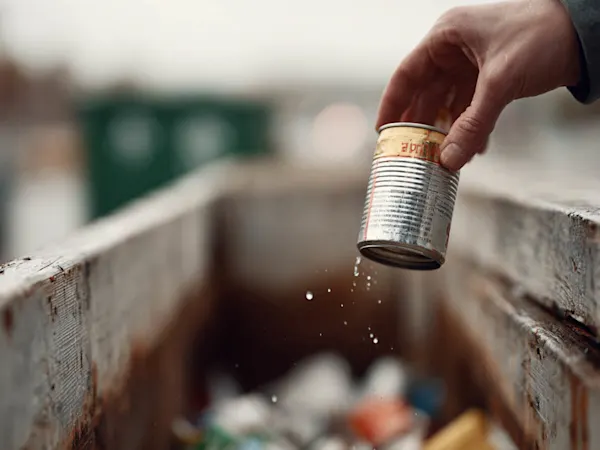Regulatory News
Curated chemical policy news to keep your business compliant and informed.
More news
Join 3,500+ professionals staying ahead
Subscribe to Foresight Weekly and get the latest insights on regulatory changes affecting chemical compliance.
Free forever. Unsubscribe anytime.
Read by professionals at








